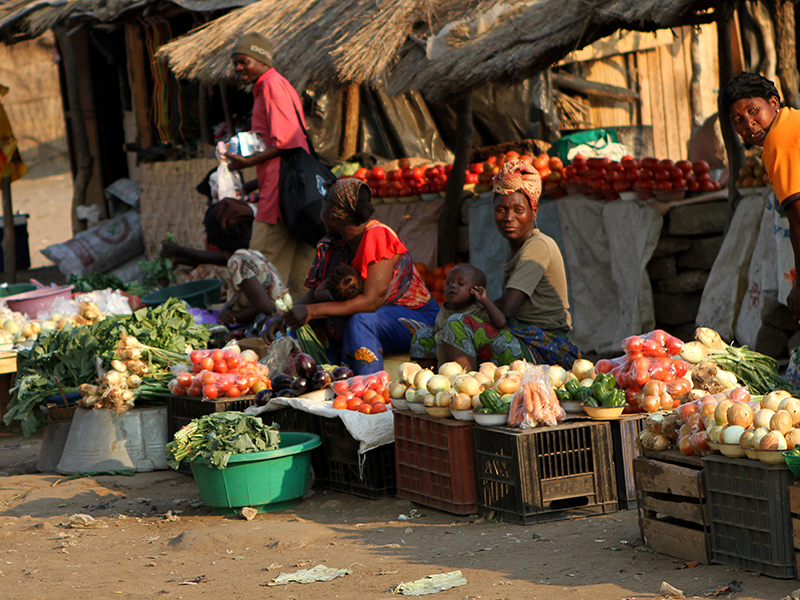June 8, 2020 – Smallholder farms refers to farms that are less than five acres in size. They are common in both developing and developed countries. The June 7th Sustainable, Secure Food blog explores more about what smallholder farms are and why they’re important.
Blogger Rosemary Bulyaba explains, “Smallholder farms produce 80% of the world’s food supply. There are about 475 million smallholder farms worldwide. They are in sub-Saharan Africa, South Asia, Europe and some in the United States. About two-thirds of all farms in Europe are smallholder.”
Smallholder farms contribute tremendously to:
- food and nutrition security,
- raw materials,
- income,
- economic markets through the flow of other goods and services and,
- overall development of nations.
“Smallholder farms are higher yielding than their larger counterparts, despite their reduced acreage,” explains Bulyaba. “A bigger percentage of their land is allocated to production of food crops.”
Despite smallholder farms being higher yielding, poverty is still rampant among farmers and their households. They often cannot afford basic needs.
So, what is the way forward for this very important smallholder farming? Scientific and social answers are both needed to provide the resources, infrastructure, financing and technology the smallholder farmers need.
To learn more about smallholder farms, read the new Sustainable, Secure Food blog: https://sustainable-secure-food-blog.com/2020/06/07/what-are-smallholder-farms
This blog is sponsored and written by members of the American Society of Agronomy and Crop Science Society of America. Our members are researchers and trained, certified professionals in the areas of growing our world’s food supply, while protecting our environment. They work at universities, government research facilities, and private businesses across the United States and the world.
Original post https://alertarticles.info
